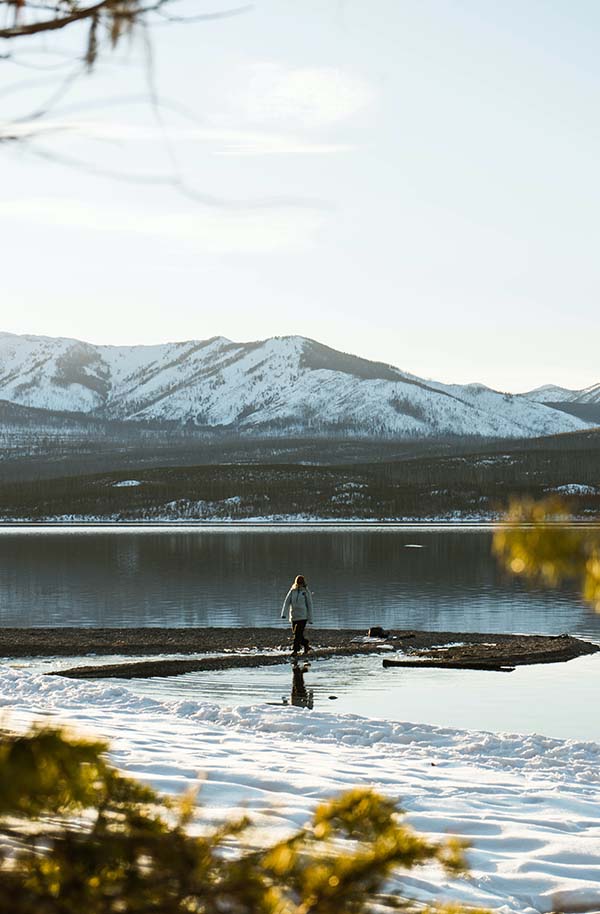

Kevin, an engineer whose family relocated from Sydney to Wollongong, is a good example of these aspirations: They were generally seeking more affordable and larger homes with space for their children to spend time outdoors. The third and largest group were households with dependent children. For us it was about having greater access to the outdoors – we both enjoy biking, hiking, running and climbing. We’d been talking about this for a while because we’re both from regional areas.īut after the first Melbourne lockdown, we thought ‘let’s just do it’, so we found a rental here. Research manager Irene and her partner, for instance, moved from inner Melbourne to Mt Macedon in Victoria in May 2020.

They were often motivated by a desire to live closer to natural amenities such as beaches, forests or mountains. The second group were younger couples and singles. The first group – represented by older couples like Charles and Di – had often been planning a lifestyle change for some time, in early anticipation of retirement. We found three broad groups of e-changers, marked by different stages of life. The e-changers in our study were a diverse group of people with various motivations for moving to the country. But is the shift to remote regional work as idyllic as it seems? What kinds of people decided to become e-changers? And what have their experiences been?įlexibility makes us happier, with 3 clear trends emerging in post-pandemic hybrid work To many, this scenario probably sounds like a dream lifestyle, especially for those of us who spent large chunks of the past two years under lockdown. These days a workday for Charles might start with a surf and end with a walk along the beach. They relocated to a coastal location two hours’ drive from Melbourne in March 2020. One of the early pandemic e-changers was Charles and his partner. We then spoke to our e-changers one year later to see how they fared.įancy an e-change? How people are escaping city congestion and living costs by working remotely We were interested in their experiences of lifestyle migration, including the challenges facing these pioneers of remote working and living. A significant swathe of these internal migrants were “e-changers”, workers holding on to their city jobs and working remotely.ĭuring the thick of the lockdown period, as growing numbers of city slickers swapped their urban lifestyles to work in remote and rural settings, we undertook online interviews with householders in e-change coastal hotspots and “lifestyle towns” in Victoria, New South Wales and Queensland. In 2020, propelled by the pandemic and the push to work from home, thousands of Australian households made the decision to move from the city to the country.


 0 kommentar(er)
0 kommentar(er)
